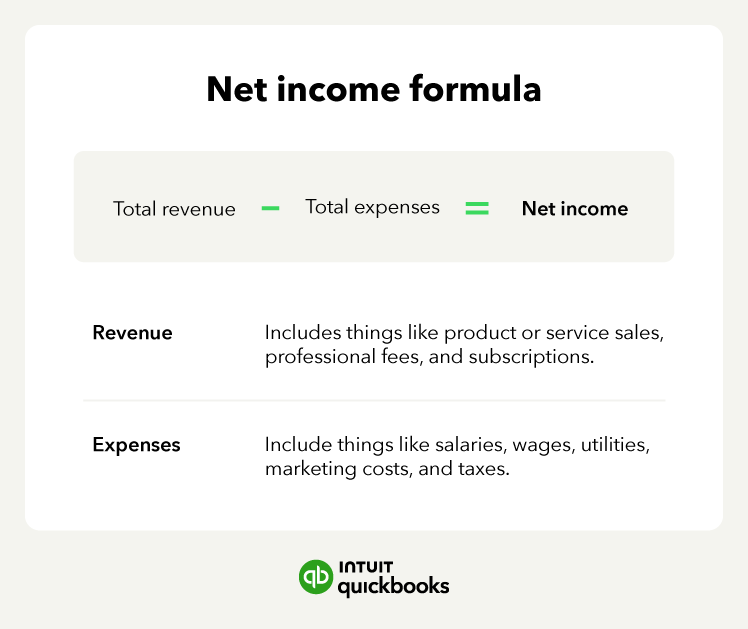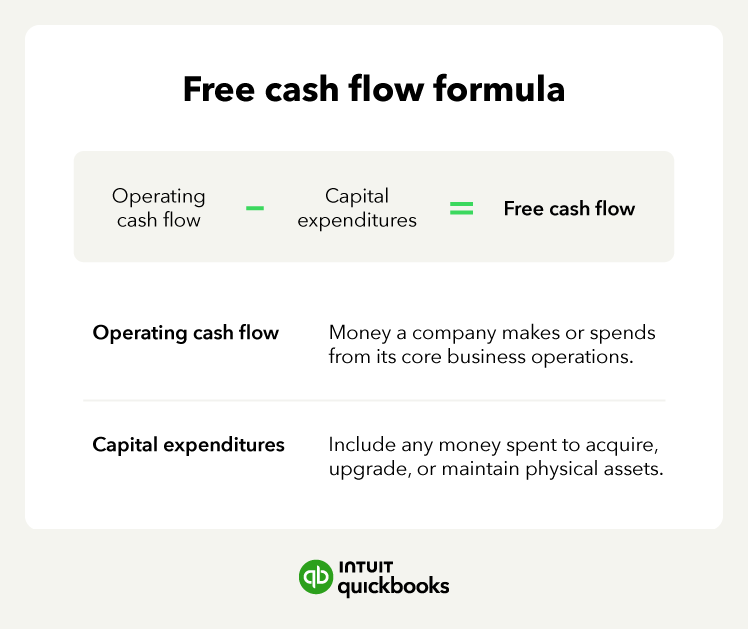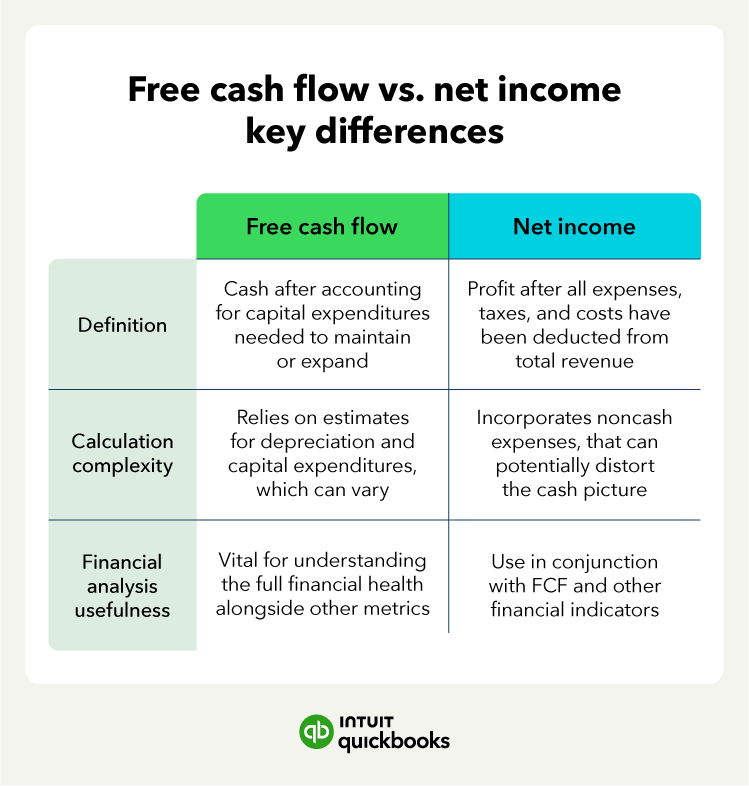According to our entrepreneurship survey, 44% of business owners stated that growing a business they already own was their plan to build personal wealth in 2025.
To manage a business and grow personal wealth, these business owners must understand the difference between free cash flow vs. net income. Free cash flow and net income are essential elements of a healthy, growing business, but they are not the same.
One refers to profitability, whereas the other simply shows how available cash moves. Whereas a business’s net income is listed on an income statement, the FCF can be calculated using the company's income statement and balance sheet.
Both, however, are instrumental in providing a comprehensive view of a company's financial health and sustainability.
Jump to:


















